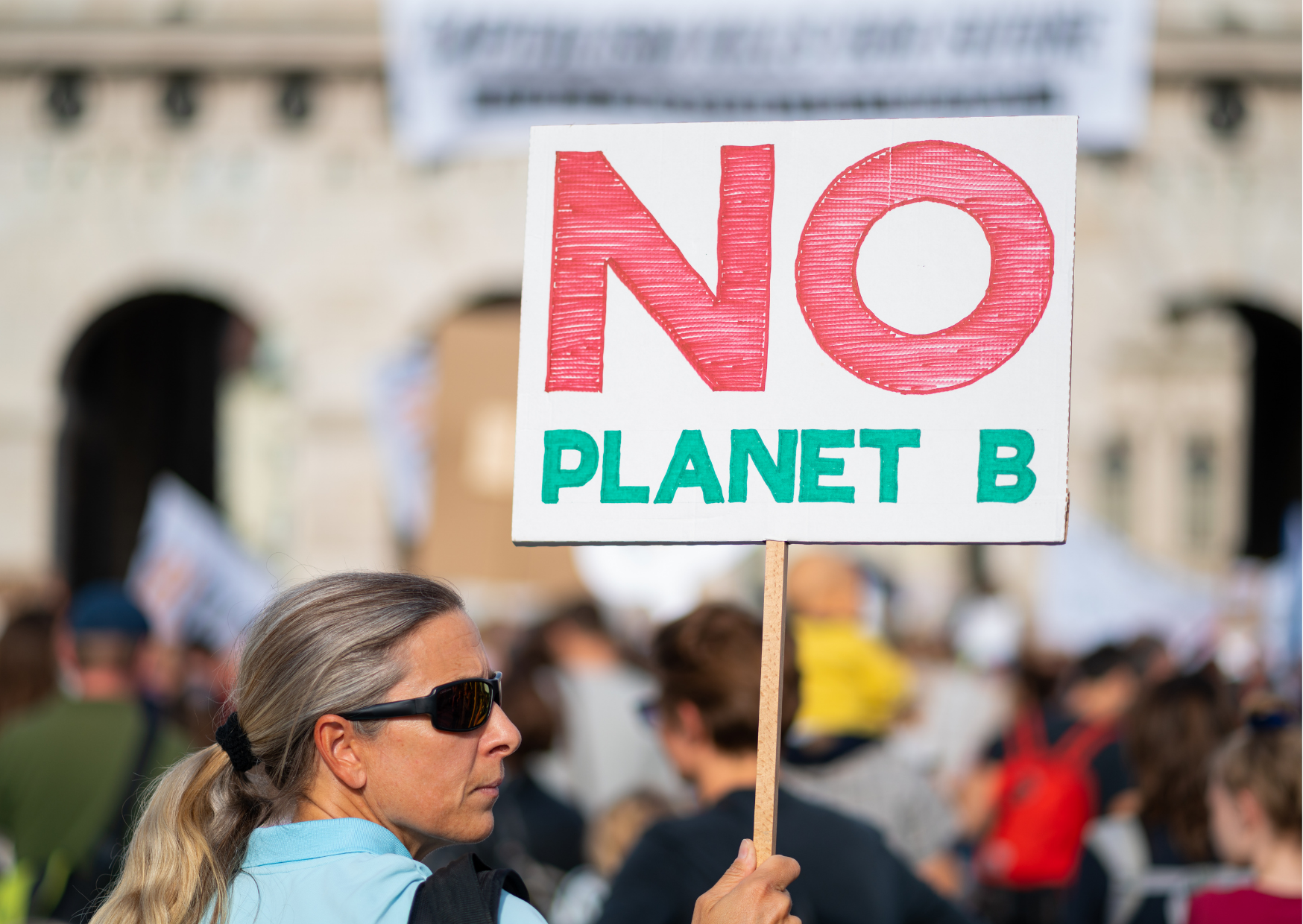
What’s the difference between Net Zero and carbon neutral?
At Y.O.U Underwear, we have pledged to become Net Zero by 2030, though we aim to reach this goal much sooner! While we're only at the beginning of our Net Zero journey, we've found that there's lots of confusion around what this really means. In fact, a 2020 study found that only 35% of the UK public had heard of Net Zero. Adding to this confusion is the interchangeable use of carbon neutral and Net Zero - two very distinct terms. Today, we’re going to break down the four key differences between them.
Carbon emissions versus carbon equivalents
The biggest difference lies in the emissions that carbon neutral and Net Zero plans are targeting. Net Zero is concerned with minimising all greenhouse gases, such as methane and nitrous oxide, while carbon neutral is solely concerned with offsetting carbon emissions. Greenhouse gases are also referred to as carbon equivalents, which measure their comparative global warming impact to carbon dioxide. In short, Net Zero deals with carbon and carbon equivalents, while carbon neutral only deals with carbon.
Net Zero is the state at which the greenhouse gases going into the atmosphere (from processes like garment production and disposal) are balanced by removal out of the atmosphere. In other words, it’s when a brand produces no more emissions than it takes away through reduction measures and offsetting. Carbon neutral, conversely, is the state at which the amount of carbon being emitted is equal to the amount of carbon being absorbed from the atmosphere, thanks to carbon sinks such as forests and oceans.

Another key difference is their ambition. Carbon neutral projects’ primary way of achieving this is through offsets. The problem is that carbon offsetting can be used as a way for companies to operate business-as-usual. This is because carbon neutrality is achieved by purchasing credits equivalent to emissions released, without the need for emissions reduction to have taken place. For the fashion industry, this would allow brands to keep producing at the same alarming rate that has triggered the need for carbon neutrality in the first place.
That’s why Net Zero projects treat offsetting as a last resort. Brands working to become Net Zero will first make changes throughout their supply chain to reduce their carbon output as much as possible by switching to renewable energy solutions, for example. Only when this has been achieved will they introduce offsetting to counteract the essential emissions that remain.

Scope 1 and 2 versus scope 3
Speaking of ambition, carbon neutral projects often stop short of implementing business-wide change. It’s important to ask brands what’s included in their calculation and what’s not. Does carbon neutral refer to a particular product or service, or is it applicable to the whole organisation? These are important questions to ask because brands could be guilty of greenwashing if they have given the false impression that their entire business model is carbon neutral when it’s not.
A prime example of this is when a brand says it’s carbon neutral, but it’s only referring to its Scope 1 and Scope 2 emissions. Scope 1 covers direct emissions from owned items like buildings. Scope 2 covers indirect emissions from the energy they buy to power the electricity in that building, for instance. Scope 1 and Scope 2 emissions are relatively easy to measure, minimise and offset.
Scope 3 emissions are a bit tricker to measure, comprising of indirect emissions from the supply chain, transportation of products and product disposal. Most companies by law aren’t required to report on their Scope 3 emissions. This is surprising when businesses’ Scope 3 emissions are on average 11.4 times higher than their operation emissions. In the fashion industry, 85% of a product’s emissions come from the supply chain. Reaching Net Zero, then, necessarily includes Scope 1, Scope 2 and Scope 3 emissions in its calculations.

As you might have guessed, carbon neutral is a short-term goal that can be achieved now. All you have to do is purchase enough carbon credits. Skeptics are critical of this approach, arguing that there is not enough land to host brands’ carbon projects, and these projects often burden the poorest regions already facing the effects of climate change - change that was caused by the richest countries. There is also the issue of time: while brands’ emissions pollute the atmosphere immediately, it can be a long while before the atmospheric scales balance, as trees take time to grow!
For all of its faults, carbon neutral is an important first step to take for brands looking to reach Net Zero. Net Zero takes much longer to achieve, because it requires the setting of specific targets to work towards. Our first step is to measure the emissions throughout our entire supply chain, so we can formulate a Net Zero Action Plan. To learn more about this, we recommend that you read the following:
Written by Melissa Watt








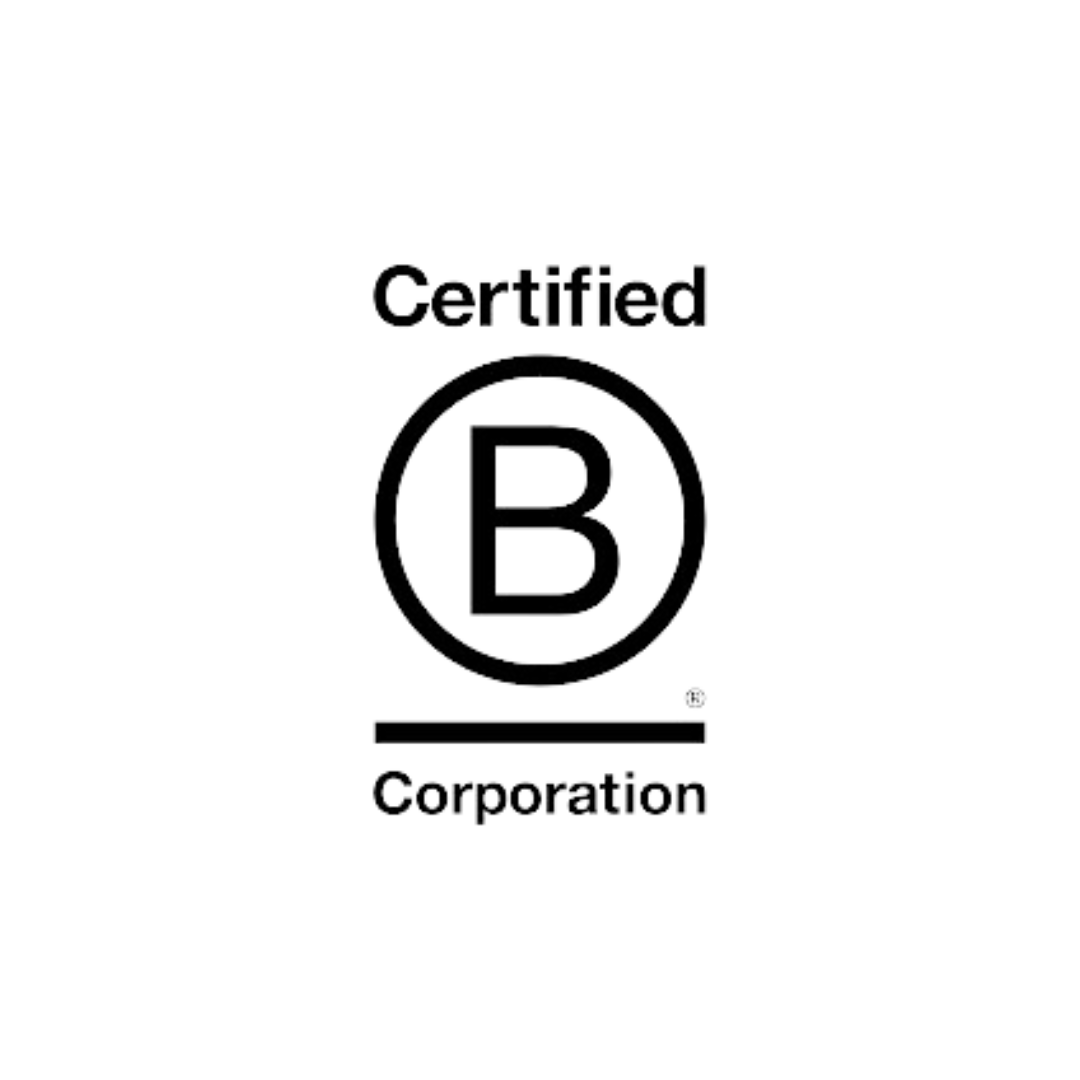
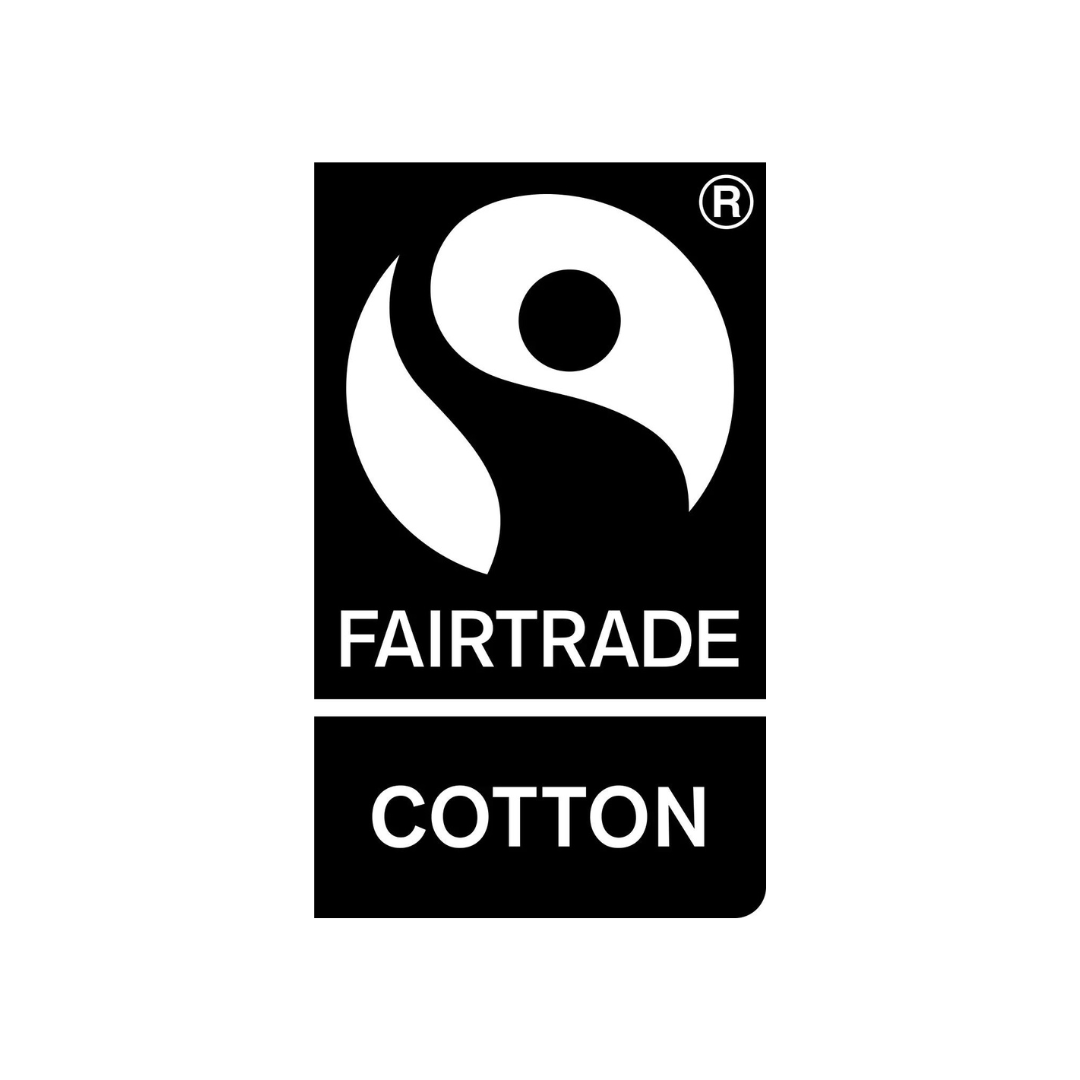
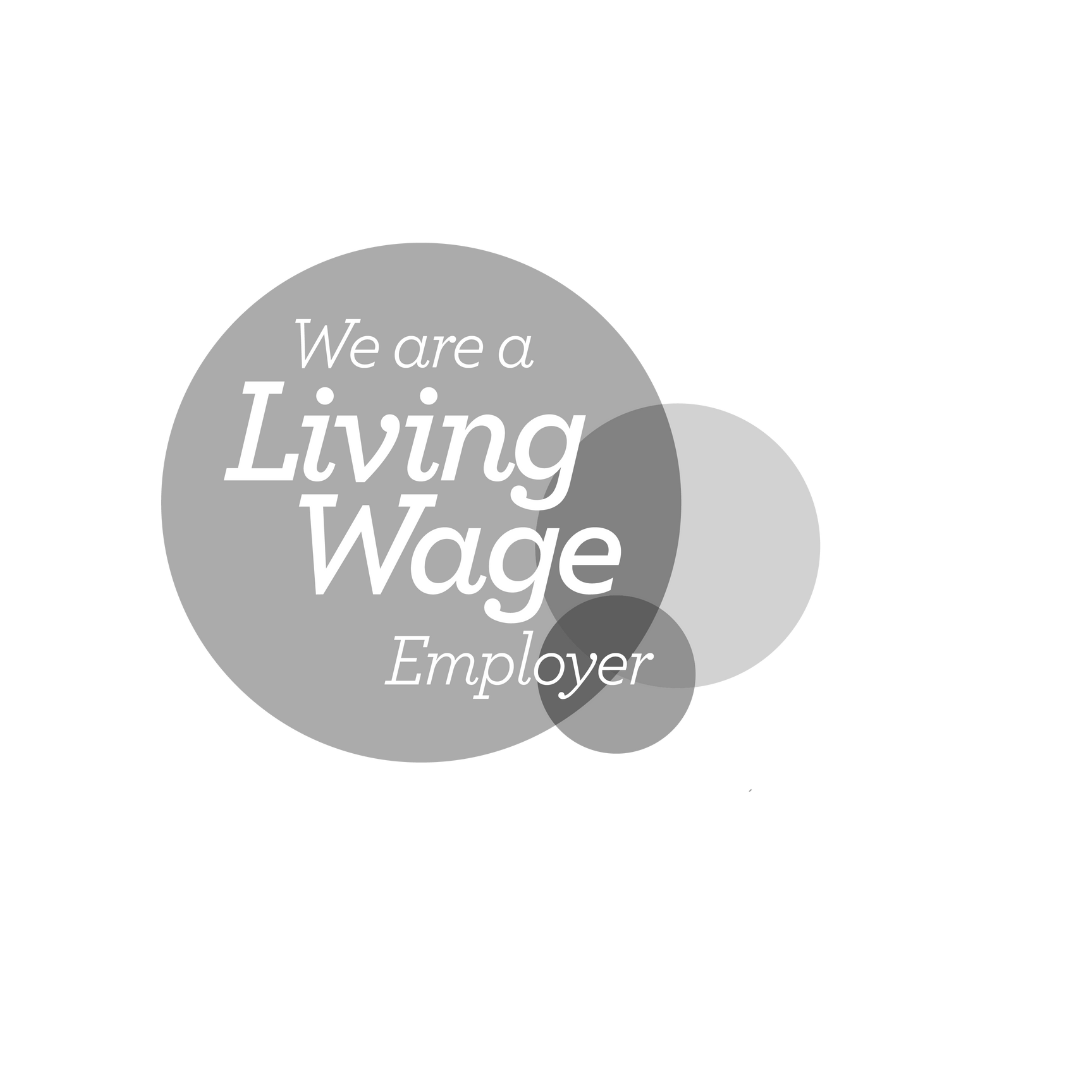


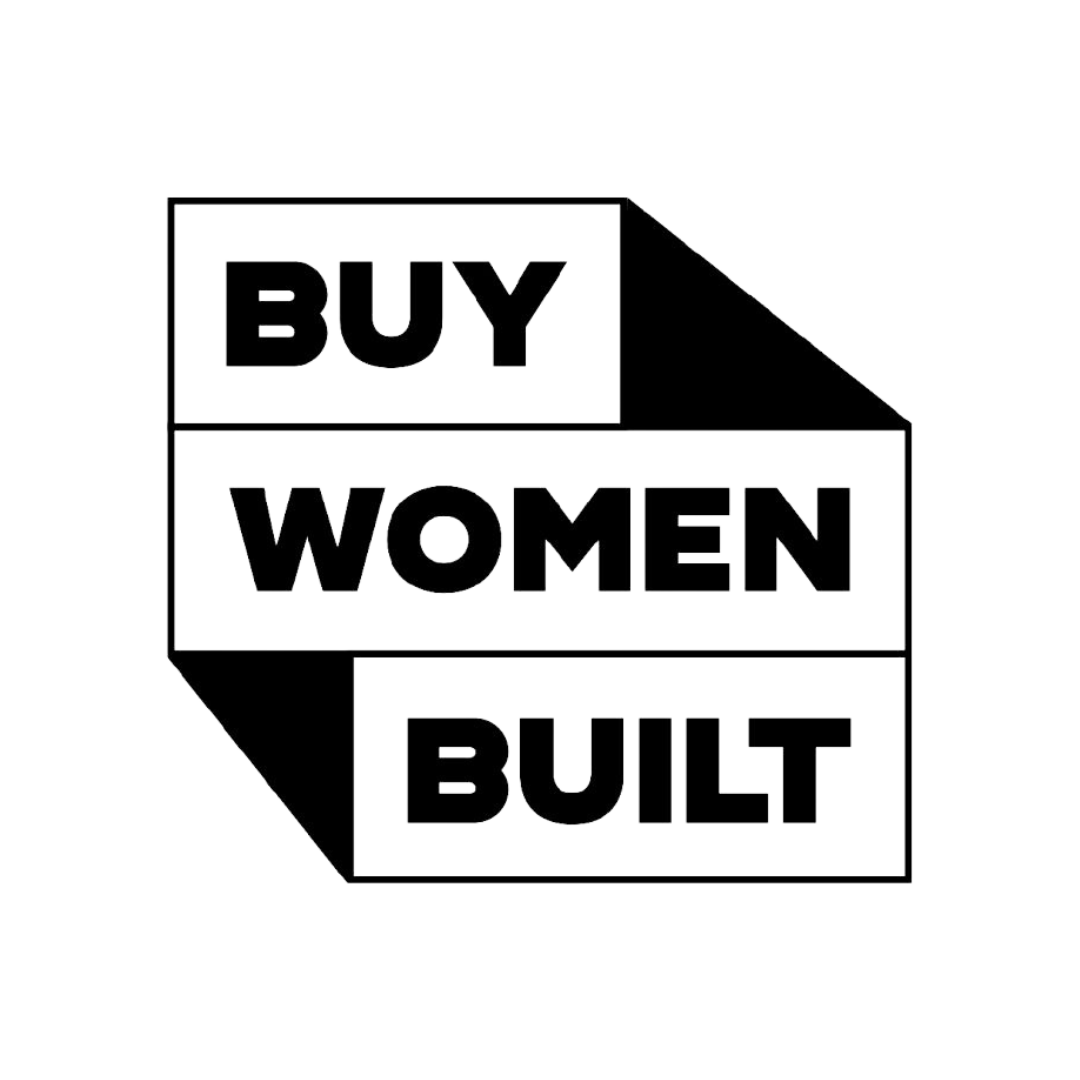
Leave a comment
This site is protected by hCaptcha and the hCaptcha Privacy Policy and Terms of Service apply.